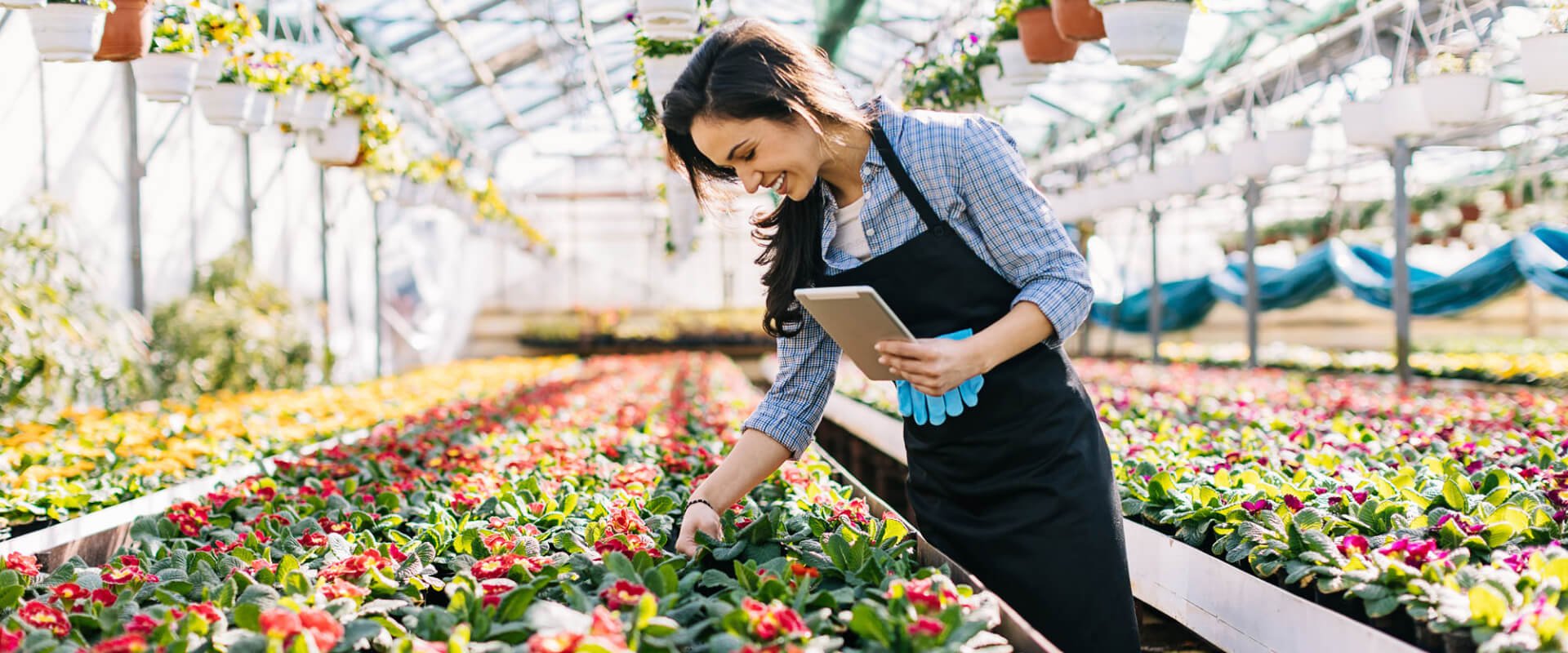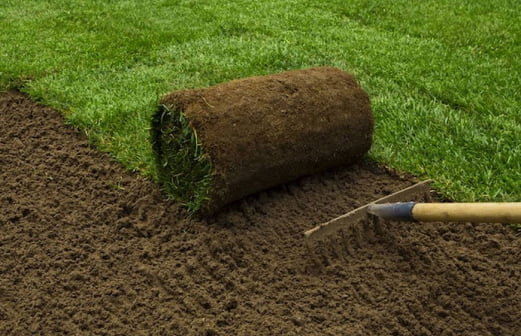
Guide to Designing and Planting Colorful Blooms
A vibrant flower garden can transform any outdoor space into a breathtaking oasis of colors and scents. Whether you’re a seasoned gardener or a novice with a passion for blooms, creating a stunning flower garden in the Northeastern United States is an achievable and rewarding endeavor. This comprehensive guide will take you through the process, from planning and designing to planting and caring for your flower garden, with special attention to seasonal blooms that thrive in the Northeastern climate.
Step 1: Assess Your Garden Space and Microclimate
Before diving into your flower garden project, carefully assess your garden space and its microclimate. Consider factors such as sunlight exposure, soil type, and drainage. The Northeast experiences distinct seasons, with cold winters and mild summers, so select plants that are well-suited to this climate.
Step 2: Choose the Right Flower Garden Location
Select a prime location for your flower garden that receives ample sunlight. Most flowering plants require at least 6 hours of sunlight per day to thrive. Ensure the site is well-drained to prevent waterlogging, as overly wet soil can be detrimental to many flower species.
Step 3: Plan and Design Your Flower Garden
Designing your flower garden is an exciting step that allows you to unleash your creativity. Consider the following aspects:
- Create a rough sketch of your garden layout, including the placement of flower beds, pathways, and any focal points or decorative elements.
- Choose a color scheme that complements your landscape and home. Harmonious color combinations can create a visually striking and cohesive garden.
- Include a mix of perennial and annual flowers to ensure year-round interest and blooming variety.

Step 4: Select Flowers for Each Season
In the Northeast, where the seasons change dramatically, it’s essential to choose flowers that will bloom throughout the year. Here are some recommendations for each season:
Spring
Daffodils (Narcissus spp.)
Tulips (Tulipa spp.)
Bleeding Hearts (Dicentra spectabilis)
Peonies (Paeonia spp.)
Summer
Coneflowers (Echinacea spp.)
Black-eyed Susans (Rudbeckia spp.)
Daylilies (Hemerocallis spp.)
Liatris (Liatris spicata)
Fall
Asters (Aster spp.)
Chrysanthemums (Chrysanthemum spp.)
Sedums (Sedum spp.)
Goldenrod (Solidago spp.)
Step 5: Prepare the Soil and Plant Your Flowers
Prepare the soil in your flower beds by removing weeds, rocks, and debris. Amend the soil with organic matter, such as compost or well-rotted manure, to improve drainage and fertility. Follow the planting instructions for each flower species, considering their spacing and depth requirements.
Step 6: Watering and Mulching
After planting, water your flowers thoroughly to help them establish strong root systems. Watering deeply once or twice a week is generally sufficient, but adjust according to weather conditions. Apply a layer of organic mulch around the base of your flowers to conserve moisture, regulate soil temperature, and suppress weeds.
Step 7: Regular Maintenance and Care
To keep your flower garden looking its best, follow these maintenance steps:
- Deadhead spent flowers regularly to encourage continuous blooming.
- Fertilize your flowers with a balanced, slow-release fertilizer in the spring and midsummer.
- Monitor for pests and diseases, and address issues promptly using organic solutions when possible.
- Divide and transplant overcrowded perennials every few years to promote healthier growth.
Step 8: Plan for Winter
As the Northeastern winter approaches, prepare your flower garden for the cold season:
- Mulch tender perennials to protect their roots from freezing temperatures.
- Remove any dead foliage and debris to minimize potential disease and pest issues during winter.
Creating a stunning flower garden in the Northeastern United States is a fulfilling and rewarding experience. With proper planning, design, and plant selection, your garden can become a masterpiece of color and fragrance, providing year-round beauty for you and your visitors to enjoy. By following this step-by-step guide and tailoring your selections to the seasonal blooms of the Northeast, you can create a breathtaking flower garden that adds value and charm to your outdoor space. Happy gardening!



